
Published by:

F-2/16, Ansari Road, Daryaganj, New Delhi-110002
 011-23240026, 011-23240027 Fax: 011-23240028
011-23240026, 011-23240027 Fax: 011-23240028
Email:
Regional Office :
Hyderabad Mumbai
Follow us on: 


For any assistance sms VSPUB to 56161
All books available at www.vspublishers.com

Copyright:
ISBN 978-935-05720-8-5
Edition: April 2011
The Copyright of this book, as well as all matter contained herein (including illustrations) rests with the Publishers. No person shall copy the name of the book, its title design, matter and illustrations in any form and in any language, totally or partially or in any distorted form. Anybody doing so shall face legal action and will be responsible for damages.
Preface
Scientific projects and models are an integral part of science education today. To harness the skills of students, models and projects play a vital role and carry much weight in their overall performance, particularly in the 9th, 10th, 11th and 12th standards. Preparing working models has rightly been made compulsory in schools for all major branches of science: Physics, Chemistry, Biology, Botany and Electronics. Working on these models helps students better grasp the basic principles of science involved in the functioning of each model.
Considering these facts, we have painstakingly compiled a series of ideas for preparing models/projects that could be adapted to suit each students syllabus. These projects were successfully tested beforehand. Besides, all components used are Indian and easily available in the market.
But in todays highly competitive times, a book is simply not enough. Therefore, for the first time, Pustak Mahal presents a Rapidex self-learning kit comprising the book 71 +10 New Science Projects and an audio-visual CD. In an easy-to-use format, the kit has been conceived and designed to meet students and other users aspirations. The graphically animated objects and methods facilitate quick learning.
In addition to meeting the needs of students, this Rapidex self-learning kit is an ideal choice for hobbyists and parents seeking to inculcate a scientific temperament in their children. The projects dealt in this Rapidex self-learning kit are unique but easy to handle.
Furthermore, the scientific explanations in these projects make understanding easier and increase IQ. The 10 new projects in the 15th edition make the book all the more informative and interesting.
My sincere gratitude to all the books that were source material and to my son Rajeev Garg for his help in preparing the manuscript. This revolutionary Rapidex self-learning kit will serve as an indispensable tool for students, hobbyists and other amateur scientists.
Dr C.L. Garg
Preface to the 14th Edition
The book entitled 71 Science Projects has been revised by replacing an old project and adding 10 new electronics projects. These electronics projects will be quite useful for 10 + 2 science students. Now the book has been renamed as 71 +10 New Science Projects.
Projects
1. Making and controlling a diver
A diver is a person who explores the underwater world by diving. Divers explore the oceans, lakes and rivers by taking deep dives under the water. They make use of diving suits, breathing tubes, etc. Divers do many important jobs such as studying plant and animal life at the bed of the sea extracting minerals, or even saving people from drowning.
You Require
What To Do
Take an empty glass bottle with a tight-fitting cork. If the cork is dry and rigid, leave it in the water until it becomes flexible, so that it can be pushed down into the mouth of the bottle.
Take a flat plastic sheet and draw the outline of the diver, as shown in the figure. The sheet should be thin enough to fit into the glass bottle. Use scissors to cut the diver to shape.
Take a small piece of the plastic tube from an old ball-point pen. Seal one of its ends with modelling clay or plasticin. The other end should remain open. Glue this tube to the diver with the adhesive (Quickfix) as shown in the diagram. The air in the tube will make the diver float.
Wind some wire around the divers feet. The weight of this wire will make it stay upright in the water. Use enough wire to make the diver sink. Then remove a few turns of the wire so that the diver just floats at the bottom.
Put the diver in the glass bottle and fill the bottle with water.
Push the cork into the bottle. This increases the pressure in the water and some water finds its way into the plastic tube. Consequently, the diver sinks.
Pull the cork a little out of the mouth to make the diver rise. With a careful adjustment of the cork, the diver can be made to stop at any depth you want.
By the pressure command of your finger, this model diver will move up or down in the water. You can even make the diver hover at any depth.
Did you know
In real life, divers have to be extremely careful about the speed at which they come back to the surface to avoid what is called the bends or caisson disease. If a diver surfaces too quickly, the reduced water pressure causes nitrogen bubbles to form in his blood-stream. This results in horrible pain, paralysis and sometimes death. By coming to the surface slowly, divers avoid this condition.

2. Making an abacus
The abacus is a device once widely used for counting. An abacus has beads that are moved left and right on strings that are tied in a frame. The beads on the bottom string represent the value of units. Those on the second string have the value of tens. The beads on the third string represent hundreds and so on. Cane can master the abacus by different movements of the beads on the strings. Once the abacus is mastered, a person can add, subtract; multiply and divide quickly by moving, the beads on the strings.
Your Require

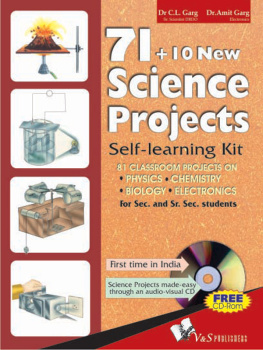


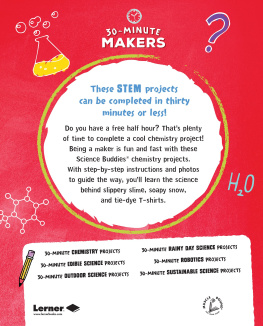

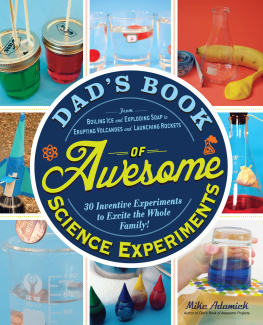
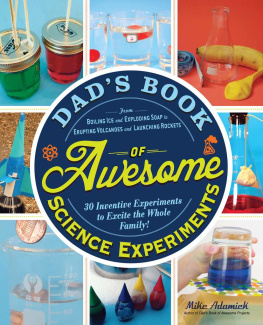

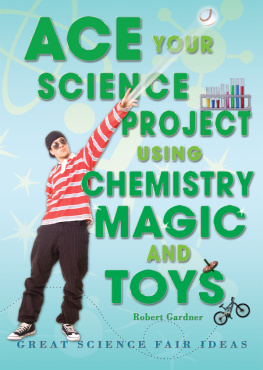
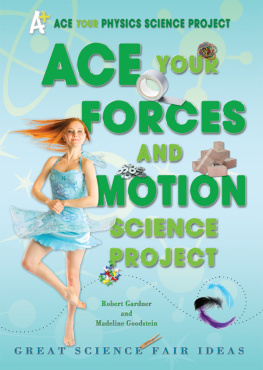




 011-23240026, 011-23240027 Fax: 011-23240028
011-23240026, 011-23240027 Fax: 011-23240028




